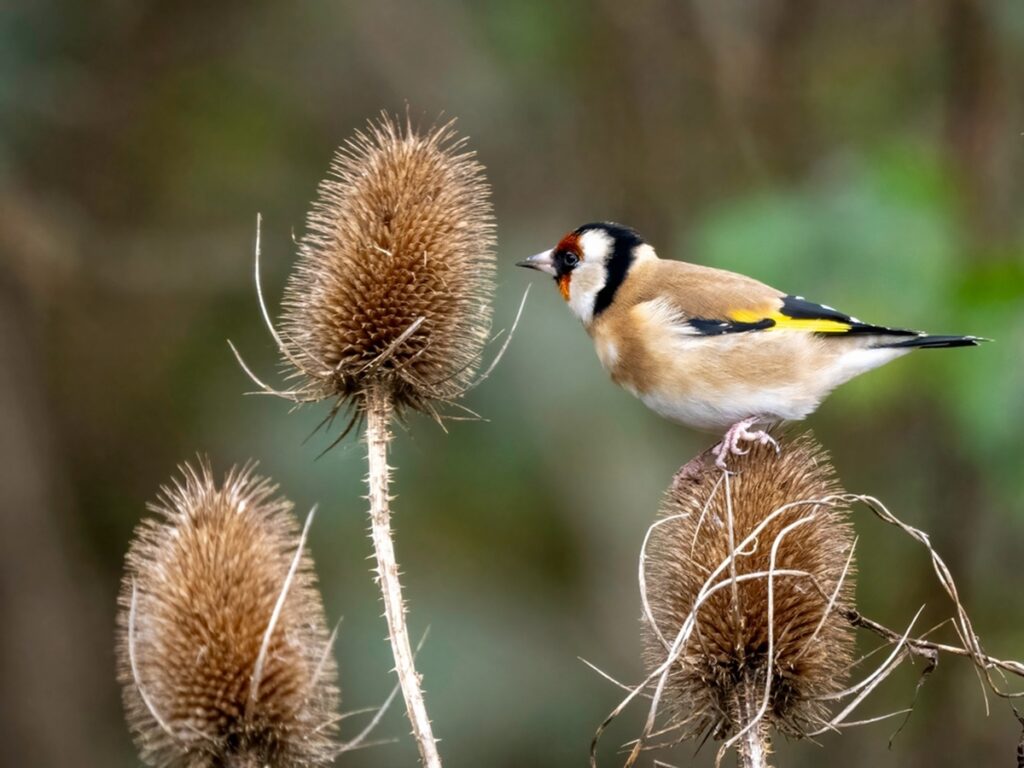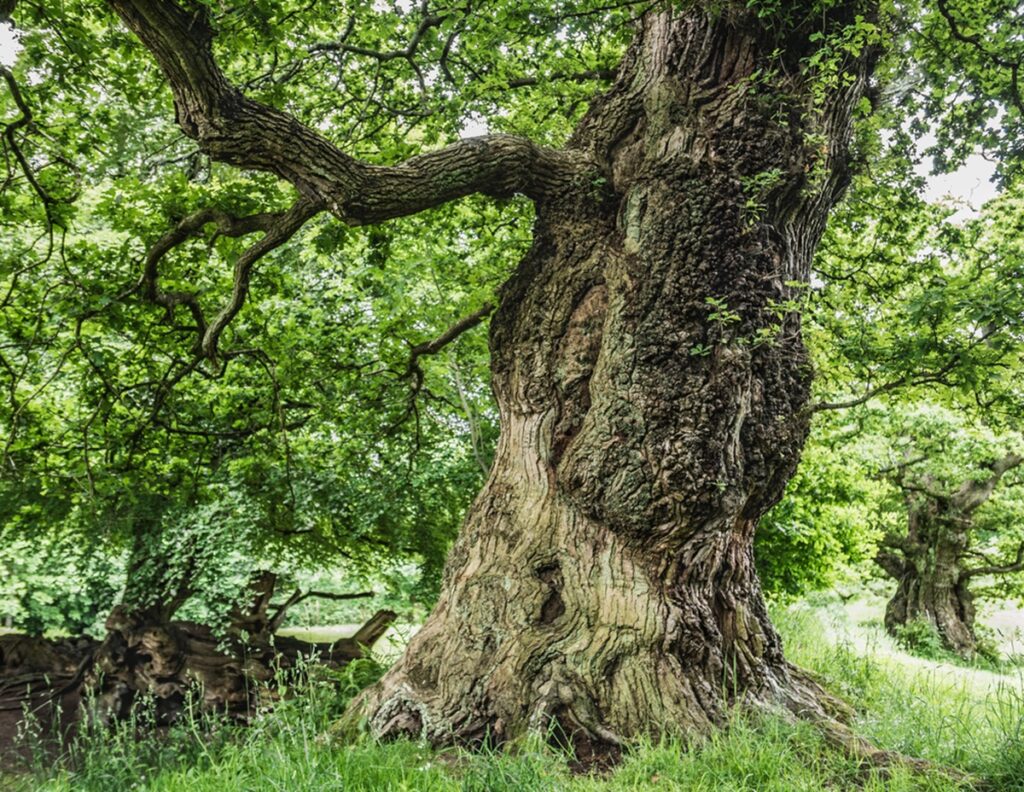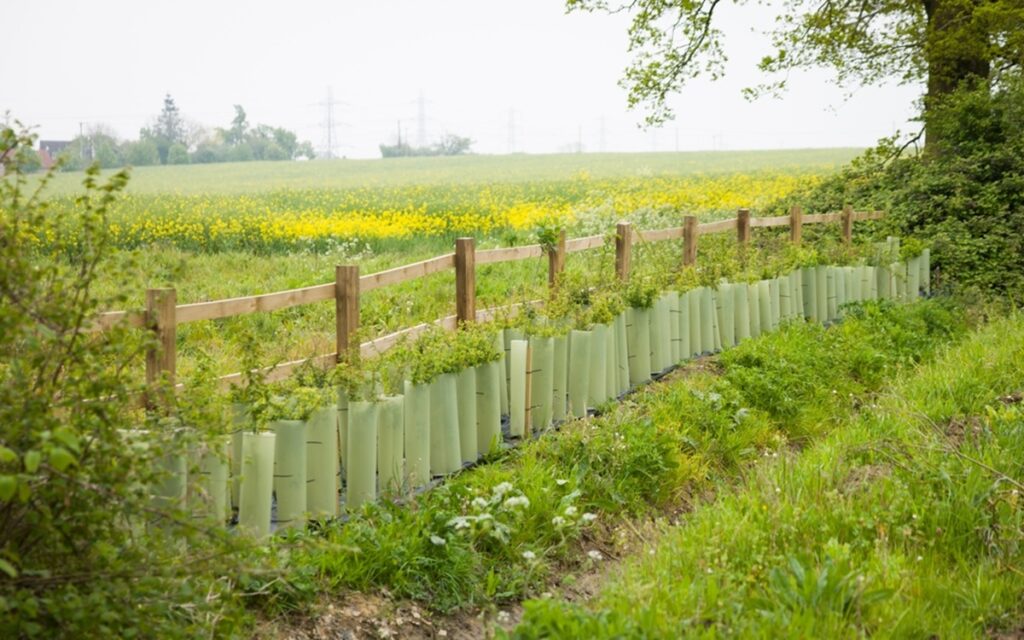What Biodiversity Net Gain Means in Northamptonshire
Since the Environment Act 2021 made biodiversity net gain (BNG) a mandatory requirement, all new developments in Northamptonshire must now demonstrate measurable ecological improvements. From February 2024, most planning applications in the county must deliver at least a 10% net gain in biodiversity, calculated using the government’s statutory Biodiversity Metric tool.
This means that every development project, from large housing schemes in Northampton to smaller rural developments, must assess the site’s baseline biodiversity, predict post-development ecological value, and demonstrate how the 10% uplift will be achieved. Where this cannot be delivered on-site, developers must secure biodiversity units off-site or, as a last resort, purchase statutory biodiversity credits.

Ecological Priorities in Northamptonshire
Northamptonshire is a county of rich ecological variety, spanning the River Nene Valley wetlands, the limestone grasslands of the Rockingham Forest fringe, and ancient woodlands scattered across the landscape.
Sites of ecological importance include Pitsford Reservoir, Summer Leys Nature Reserve, Barnwell Country Park, and Irthlingborough Lakes and Meadows. The Nene Valley Special Protection Area (SPA) is of international significance for migratory and breeding bird populations.
The range of different habitat types makes the county home to protected species such as bats, great crested newts, badgers, otters, water voles, and barn owls. Northamptonshire’s Local Nature Recovery Strategy identifies priority habitats for restoration and connectivity, particularly along the River Nene corridor, woodland networks, and species-rich grasslands.
In view of this background, efforts to conserve Northamptonshire’s highest priorities will be looked on favourably by local authorities: any biodiversity net gain plan in Northamptonshire must therefore take these priorities into account.

Preparing a Biodiversity Net Gain Report in Northamptonshire
The process of producing a bng report in Northamptonshire begins with a baseline habitat survey of the development site. Using the Biodiversity Metric, ecologists record existing habitats, assess their condition, and map ecological value across the site.
Proposed development plans are then analysed to forecast post-development biodiversity. This incorporates habitat creation, landscaping, and long-term management measures. If the calculations fall short of the required 10% uplift, further enhancements will be recommended to meet the statutory target.
In addition, many sites in Northamptonshire require protected species surveys. Bats are particularly common in older farm buildings and woodlands, while ponds across the county mean great crested newt surveys are often necessary. These assessments run alongside the BNG process to ensure developments comply fully with both biodiversity net gain legislation and wildlife law.

Delivering Biodiversity Net Gain in Northamptonshire
On-site delivery is always preferred. In Northamptonshire, this may involve creating new wildflower meadows, planting and connecting hedgerows, restoring wetlands, or expanding woodland habitats. Where full delivery cannot be achieved on-site, developers can purchase biodiversity units from off-site providers, ideally located within the county to ensure benefits remain local.
The River Nene catchment is a particular focus for habitat banking and off-site biodiversity schemes, making it an important consideration for developers. Statutory biodiversity credits are available only when no other options are suitable.

Protected Species and BNG Requirements
Given Northamptonshire’s ecological richness, protected species considerations are a frequent part of planning. Biodiversity net gain in Northamptonshire often overlaps with requirements for bat surveys, great crested newt assessments, water vole surveys, or reptile surveys.
Ensuring these are commissioned early avoids delays and allows BNG measures to be aligned with the wider mitigation hierarchy of firstly avoiding impact on nature, then minimising it, restoring it and finally, instigating compensation measures.

What a BNG Plan Includes
A biodiversity net gain bng plan in Northamptonshire clarifies, in detail, how a development will deliver measurable biodiversity improvements. The document sets out the framework which includes the baseline ecological assessment, post-development calculations, habitat creation and enhancement proposals, and land management plans that secure biodiversity benefits for at least 30 years, as required by law.
Northamptonshire’s local planning authorities also expect BNG plans to demonstrate alignment with local ecological priorities and the county’s Nature Recovery Strategy, particularly focusing on the restoration of important habitat types such as wetlands, grasslands, and woodland corridors.
Expert Support for Biodiversity Net Gain BNG Northamptonshire
Our team of experienced ecologists delivers comprehensive biodiversity net gain bng Northamptonshire reports and assessments for major and minor developments and we work with planners and private landowners.
We provide baseline surveys, statutory Biodiversity Metric calculations, habitat creation advice using the mitigation hierarchy, and long-term management strategies to support applications for planning permission.
We support projects ranging from large-scale housing developments to single household planning applications, ensuring compliance with national legislation, Natural England guidance, planning requirements and Northamptonshire’s ecological priorities. Where required, we also arrange off-site biodiversity units and conservation covenants to meet statutory obligations.
Request a Free Quote for a BNG Report in Northamptonshire
If you need a biodiversity net gain assessment in Northamptonshire, our ecologists can provide a clear, fully compliant plan tailored to your development. From the initial survey through to final submission, we ensure your project meets the 10% net gain requirement and leaves the site in a measurably better state, enabling planning authorities to grant planning permission.
For a free quote, contact us today. We will ask for further information including the site address and your development aims. If you decide to accept our quote, we will arrange a site visit. By integrating biodiversity net gain Northamptonshire into your project at the earliest stage, you can ensure compliance with Natural England requirements, protect local wildlife, and deliver lasting ecological benefits to the natural environment.